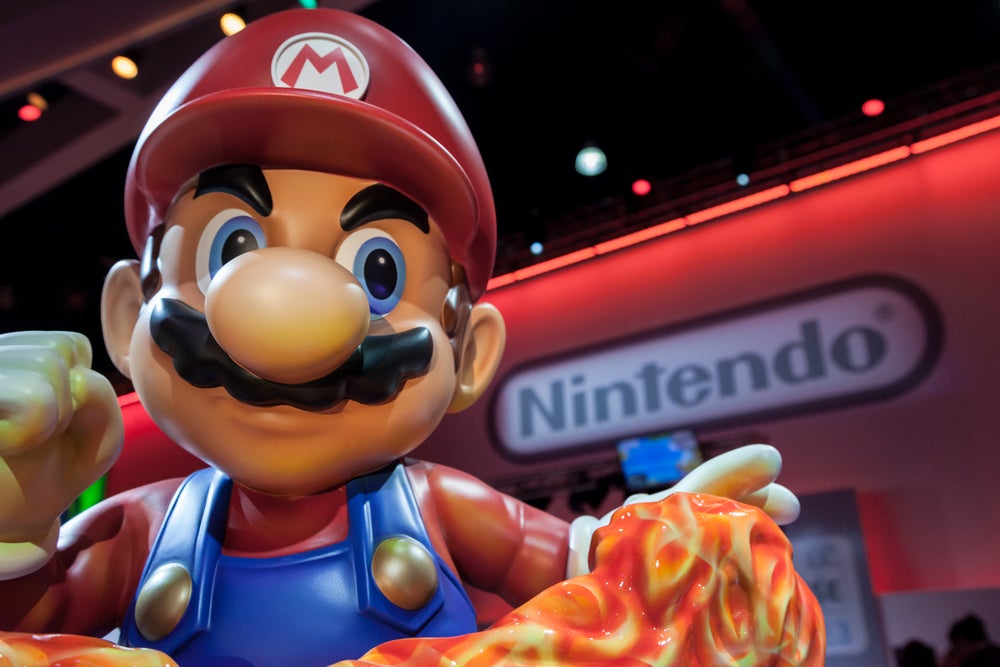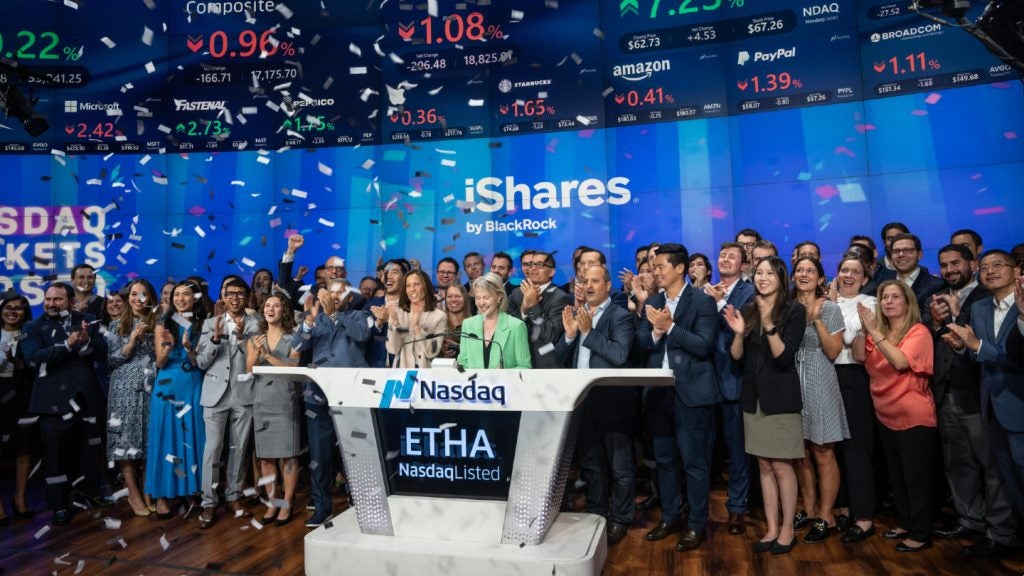
Just over a year after first trialling the concept, ecommerce giant Amazon is opening its first supermarket store to the public, named Amazon Go.
The Amazon Go supermarket is based in Seattle, Amazon’s home city. It works as a normal supermarket: customers go in, pick up their shopping, yet instead of paying for the goods, they simply walk out.
Instead, customers scan an Amazon Go smartphone app when they enter the store. Cameras track their movements. Sensors can tell what items are removed from the shelves and what is put back. Customers’ credit cards, saved within Amazon accounts, are billed once they leave.
The company launched a version of Amazon Go in December 2016, solely for staff to use. This worked as a trial period, allowing it time to straighten issues out before allowing the public in.
Gianna Puerini, vice president of Amazon Go, said it took four years of planning to get to this point.
“This technology didn’t exist. It was really advancing the state of the art of computer vision and machine learning.”
Will Amazon Go takeover the grocery market worldwide?
Now that the store is in place, Amazon has not said whether more Amazon Go locations will be built. However, in May last year, it was revealed that Amazon had been registering Go trademarks with the UK Intellectual Property Office.
Trademarks included the slogans “No Lines. No Checkout. (No, Seriously.)” and “No Queue. No Checkout. (No, Seriously.)”
Amazon has been serious about gaining a foothold in the grocery market recently. The company acquired the healthy upmarket food chain, Whole Foods, in 2017 in a $13.7bn deal.
On the day Amazon took control of Whole Foods, it slashed the prices of product lines causing shares in the biggest UK and US supermarkets to fall in response.
Considering Amazon has made its name in the digital retail space, it looks like Amazon Go is a small cog in the company’s plans to dominate the physical retail space too.







